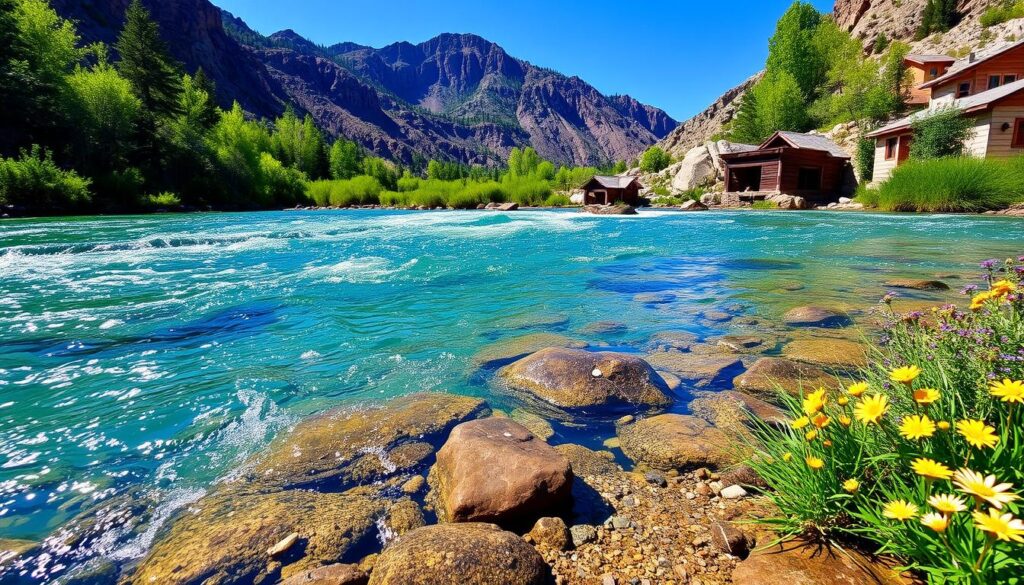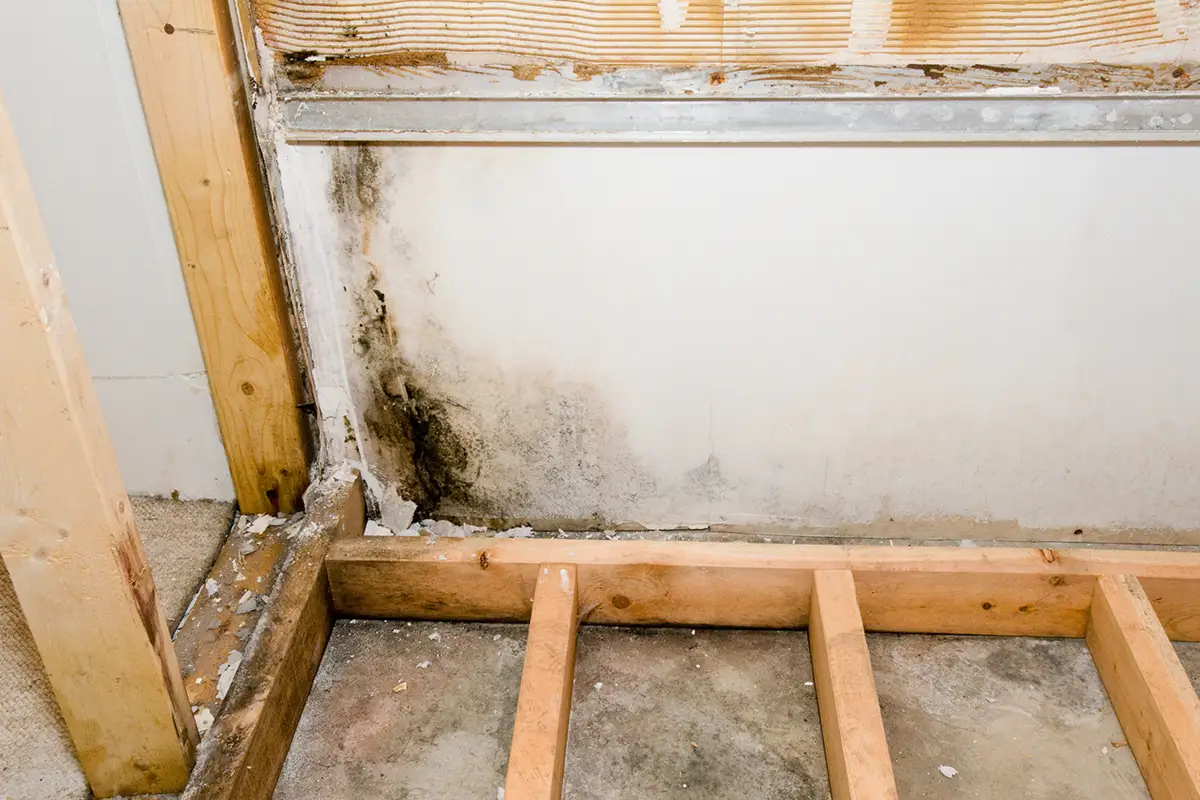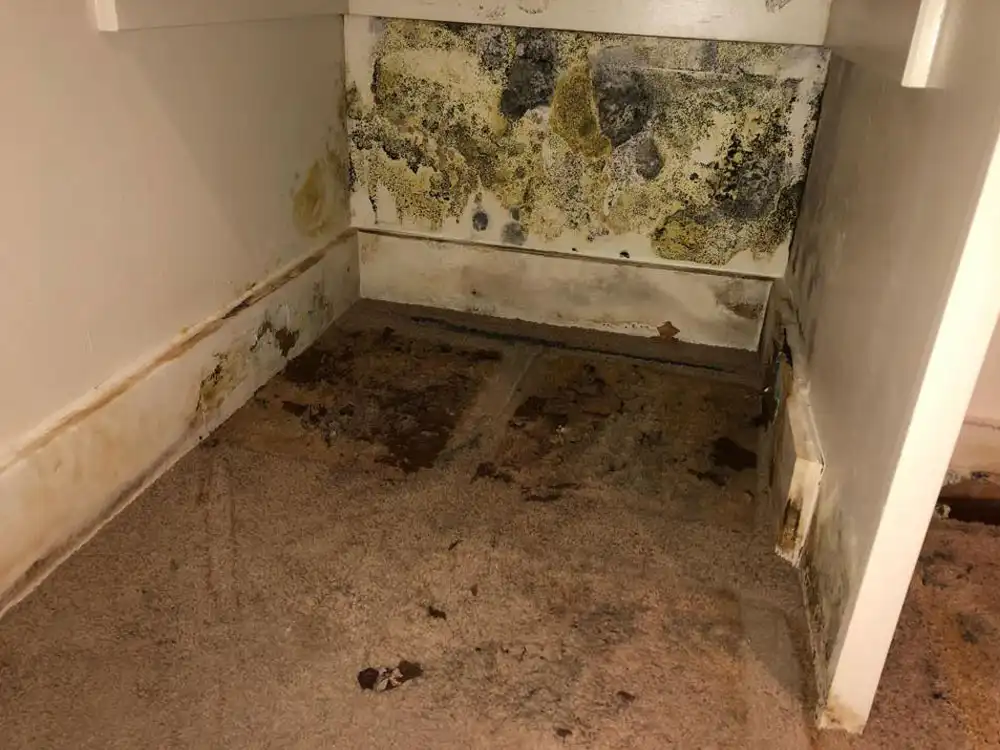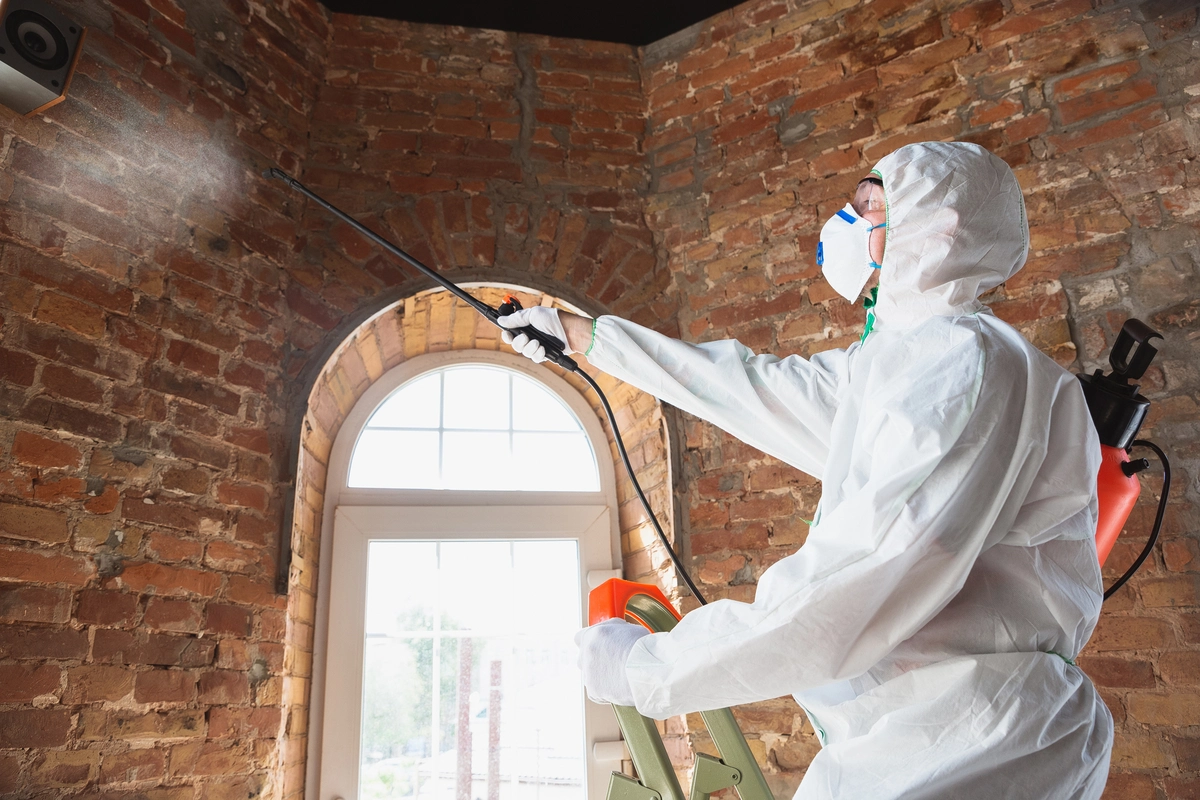Residents of Idaho Falls can rest easy knowing their tap water is top-notch. The city’s water comes from nine deep wells around the area. These wells tap into the Snake River Plain Aquifer, known for its clean water.
The City of Idaho Falls Water Division makes sure the water is treated well. They test it often to meet EPA and Idaho Department of Environmental Quality standards. This ensures the water is safe to drink.
The water treatment adds a bit of chlorine to keep it free from harmful microbes. This makes the water clean and safe for everyone to drink. Idaho Falls meets or beats all federal and state water quality rules. This means residents get a reliable and clean water supply.
Key Takeaways
- Idaho Falls’ drinking water is sourced from the Snake River Plain Aquifer and undergoes extensive treatment and testing.
- The City of Idaho Falls Water Division maintains strict compliance with EPA and state regulations for safe drinking water.
- Residents can trust the quality and safety of their tap water, which is regularly tested and treated to protect against contaminants.
- The water treatment process involves a small chlorine addition to safeguard against microbial threats, ensuring the water’s purity.
- Idaho Falls residents can have confidence in the city’s commitment to providing clean, high-quality drinking water to the community.
Understanding Idaho Falls Water Supply System
The City of Idaho Falls gets its water from nineteen deep wells across the city. This water comes from the East Snake River Plain Aquifer. It’s known for being of high quality and needs only a little treatment before it reaches homes.
A small amount of chlorine is added to protect against harmful microbes. This makes sure the water is safe for everyone to drink.
Water Sources and Treatment Process
Idaho Falls’ water comes from natural sources like rivers, lakes, streams, and underground water. Before it’s sent out to homes, it goes through a detailed treatment process. This process removes any harmful substances or impurities.
This careful treatment helps keep the water safe and of high quality for everyone.
Local Water Infrastructure Overview
The water system in Idaho Falls includes wells, pumping stations, and pipes. The City’s Water Division manages this system. They make sure it meets EPA and state rules.
They also check the water quality regularly. This helps them fix any problems quickly.
Municipal Water Supply Management
The City of Idaho Falls Water Division is key in managing the water supply. They test the water quality, take care of the infrastructure, and follow federal and state laws. Their work ensures the water in Idaho Falls is safe and reliable for everyone.
Is the water in Idaho Falls safe to drink?
The water in Idaho Falls is safe to drink. It meets or exceeds EPA and state standards. The City of Idaho Falls Water Division tests the water for many contaminants.
Some contaminants are found in small amounts. But, they are usually below levels of concern. The city shares an annual water quality report. This report tells residents about their drinking water’s safety and quality.
- Idaho Falls’ drinking water meets or exceeds EPA and state standards for water safety.
- The water is regularly tested for a variety of contaminants, including microbiological, inorganic, and organic compounds.
- Small amounts of contaminants may be present, but they are typically below levels of concern.
- The City of Idaho Falls Water Division publishes an annual water quality report to inform residents about the drinking water quality and safety.
Overall, Idaho Falls’ water is safe for drinking. The city’s testing and reporting ensure high-quality, safe drinking water for everyone.
Common Water Contaminants and Treatment Methods
Idaho Falls water is mostly safe to drink. But, it’s good to know about possible contaminants and how to filter them out. Common contaminants include arsenic, chromium, haloacetic acids, nitrate, and radium. Home filters can add extra protection, even if these are usually below EPA limits.
Primary Contaminants Found in Local Water
Arsenic, found naturally in groundwater, can cause skin problems and increase cancer risk. Chromium (hexavalent) is also a concern, linked to health issues. Haloacetic acids and nitrate, which can affect oxygen levels, are also in the water.
Available Filtration Solutions
- Activated carbon filters remove organic contaminants like disinfection byproducts and some heavy metals.
- Reverse osmosis systems efficiently remove arsenic, chromium, and nitrates.
- Ion exchange water softeners reduce radium and other heavy metals.
Water Treatment Technologies
The city treats water with chlorination to make it safe. Home filters offer extra protection against specific contaminants.
Conclusion
The drinking water in Idaho Falls is safe and meets all standards. The city gets its water from deep wells. This water is of high quality and needs little treatment.
Even though some contaminants are found, they are not harmful. The city tests the water regularly. This makes sure everyone knows about the Idaho Falls water quality.
Residents can also use home filters to make their water even safer. Idaho Disaster Pros can help with any water safety measures or concerns.
In summary, Idaho Falls’ water is safe to drink. The city’s water system is well-kept. This ensures a steady supply of clean water for everyone.
By knowing about the local water system and taking steps, residents can enjoy clean drinking water. This is thanks to Idaho Falls’ efforts to keep the water safe.
If you need water damage restoration or water clean up services contact our experts at Idaho Disaster Pros!












